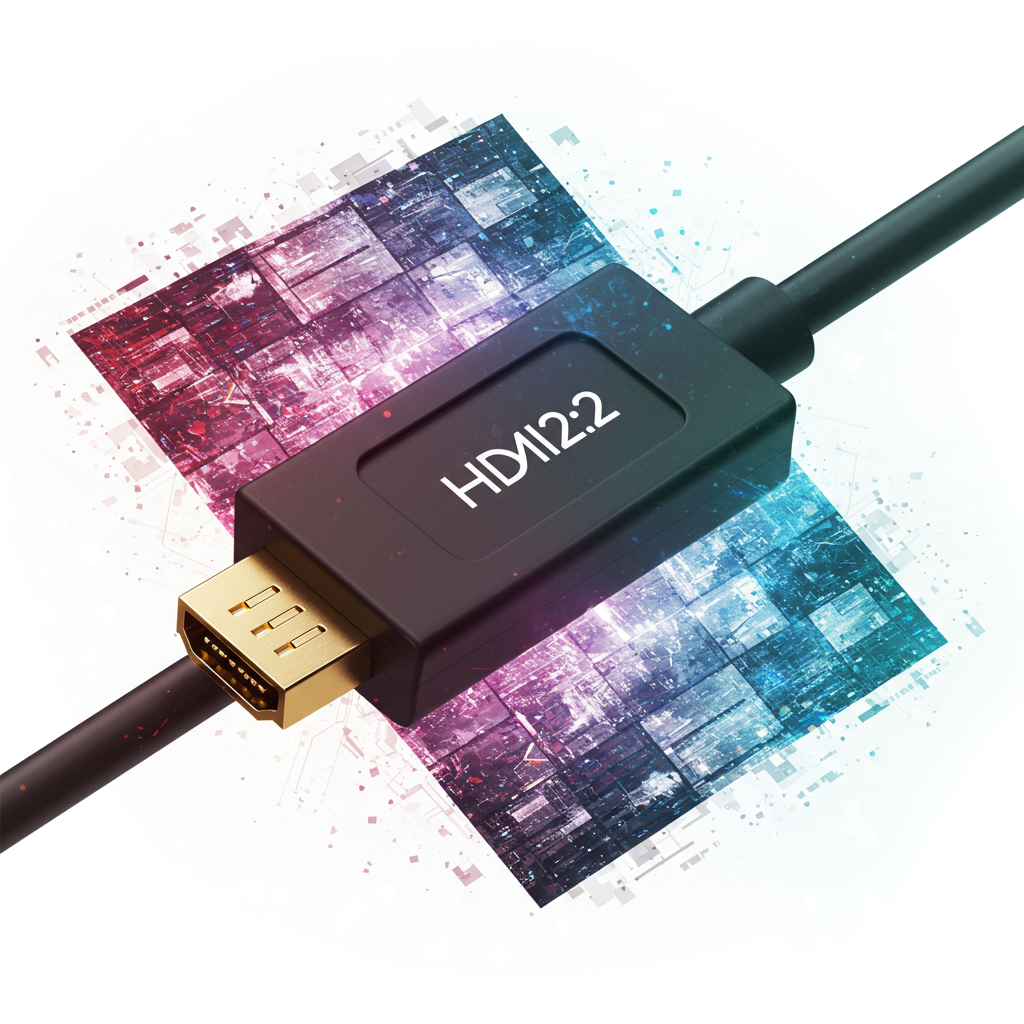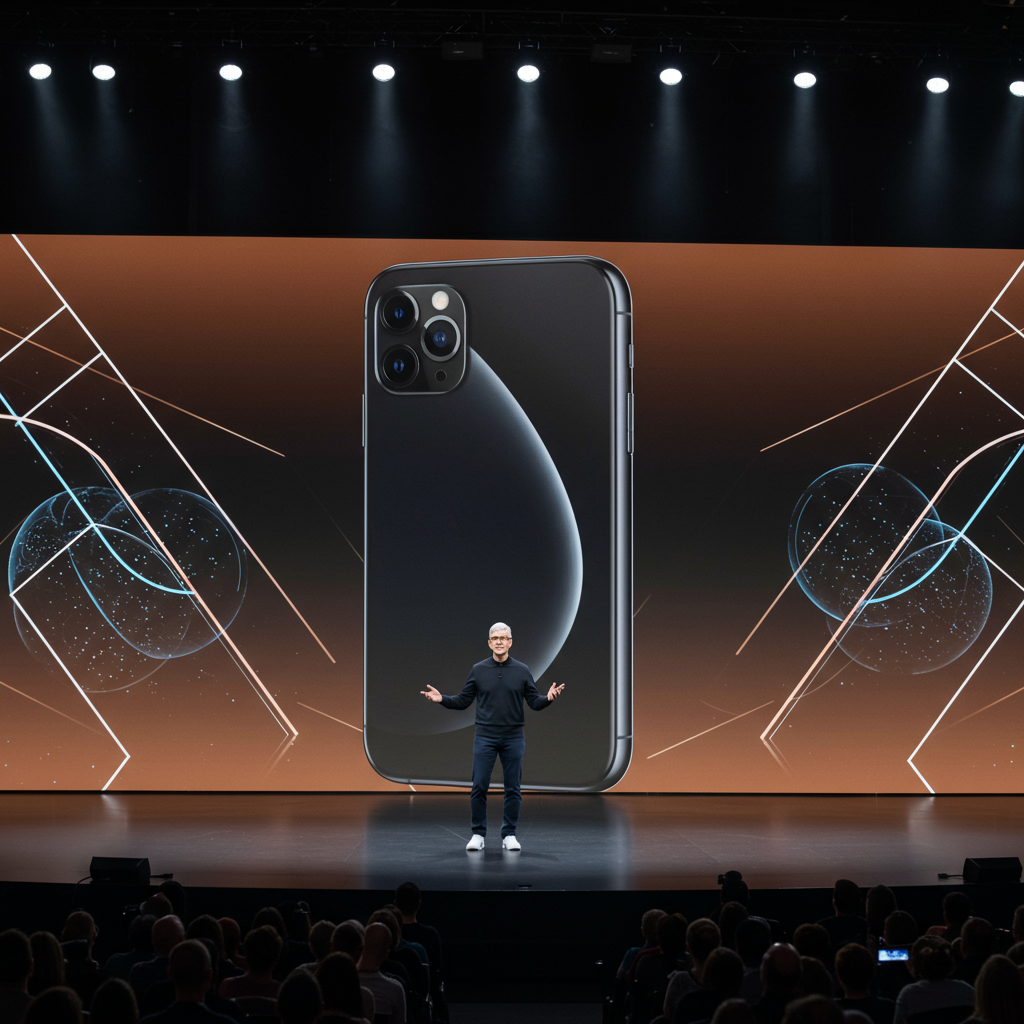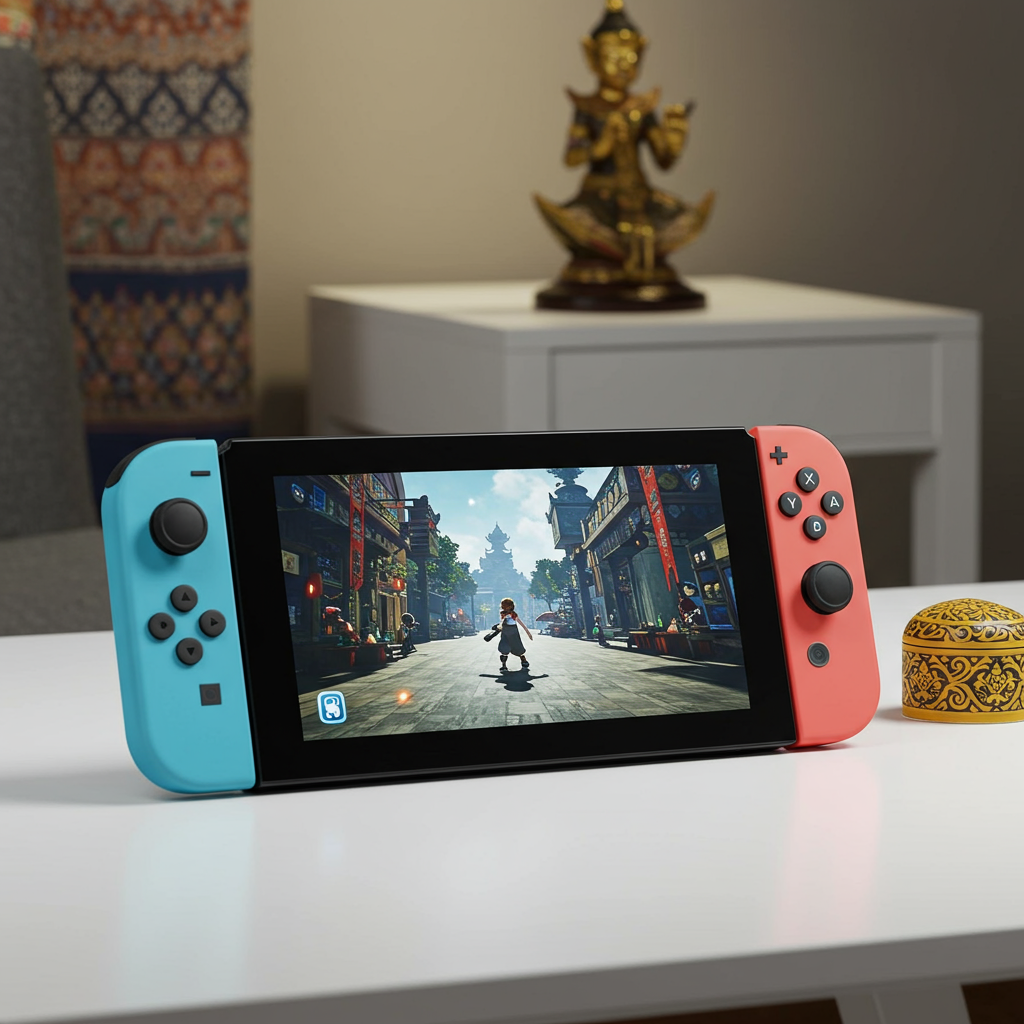HDMI 2.2 Specification Unleashed: Doubling Bandwidth for Future Displays
The HDMI Forum has officially released the highly anticipated HDMI 2.2 specification to manufacturers, marking a significant leap forward in audio and video connectivity. Initially revealed at CES 2025, this new standard is designed to meet the extreme demands of next-generation displays and content, pushing the boundaries of resolution and refresh rates far beyond what is commonly available today.
This update builds upon the HDMI 2.1 standard, first introduced in 2017, but delivers a dramatic increase in capability, primarily centered around a massive boost in bandwidth and the introduction of features aimed at clarifying compatibility and improving system performance.
Doubled Bandwidth: The Powerhouse Behind HDMI 2.2
The most impactful upgrade in HDMI 2.2 is a substantial increase in maximum bandwidth, soaring to an impressive 96Gbps. This is double the 48Gbps offered by the previous HDMI 2.1 standard, and a monumental jump compared to even older specifications like HDMI 2.0 (18Gbps).
Achieved through next-generation Fixed Rate Link (FRL) signaling, this expanded capacity ensures reliable data transfer even at incredibly high speeds. This 96Gbps figure positions HDMI 2.2 with a higher raw data transfer capability compared to competing standards like DisplayPort 2.1b UHBR 20, which is capped at 80Gbps.
Unlocking Ultra-High Resolutions and Refresh Rates
This massive bandwidth increase enables HDMI 2.2 to support resolutions and refresh rates that are currently well beyond the reach of typical consumer hardware. Key capabilities defined by the specification include:
16K video at 60Hz
12K video at 120Hz
8K video at 240Hz
4K video at an astonishing 480Hz
Furthermore, HDMI 2.2 can handle demanding uncompressed video formats with high color depth (10-bit and 12-bit) at challenging configurations, specifically supporting 8K at 60Hz and 4K at 240Hz, even when utilizing full 4:4:4 chroma subsampling for maximum color fidelity.
Introducing the Ultra96 Label for Clarity
Navigating the capabilities of HDMI cables has often been a source of confusion for consumers, with vague designations like “High Speed” or “Ultra High Speed.” To address this, the HDMI Forum is introducing a clearer system with HDMI 2.2.
Products and the necessary cables supporting the maximum 96Gbps bandwidth defined by the new standard will carry the clear and specific “Ultra96” feature name and cable designation. This is intended to make it significantly easier for users to identify the right cable needed to unlock HDMI 2.2’s highest performance. These Ultra96 HDMI Cables will also be part of the mandatory HDMI Cable Certification Program, ensuring they meet the required performance standards, replacing the previous Ultra High Speed standard associated with HDMI 2.1.
Improved Audio/Video Synchronization with LIP
Beyond bandwidth and resolution, HDMI 2.2 includes the new Latency Indication Protocol (LIP). This feature is designed to build upon previous audio and video synchronization improvements. LIP aims to further minimize lip-sync issues, particularly benefiting complex home theater setups involving multiple devices like soundbars or AV receivers where signals pass through several points before reaching the final display.
Designed for the Future: Acknowledging Today’s Reality
While the headline support for 16K video is groundbreaking, it’s important to note that displays and content at this resolution are not yet readily available for consumers. Even 8K content remains scarce years after HDMI 2.1 introduced support in 2017, and many hardware makers still haven’t fully utilized the potential of the older spec.
The primary goal of HDMI 2.2 is future-proofing the standard. By providing this massive increase in capability now, the specification gives display and hardware manufacturers a robust framework to build towards as technology inevitably advances over the next decade. It establishes the necessary pipes for resolutions and refresh rates that will become more common years down the line.
Availability and Adoption Timeline
Hardware manufacturers can now begin developing devices and cables based on the finalized HDMI 2.2 specification. The first certified Ultra96 HDMI Cables are anticipated to become available later this year. While widespread adoption of the highest capabilities like 16K is still years away, the release of the standard is the crucial first step in the industry moving towards this next era of display technology. Rumors suggest early adoption might appear in components like next-generation GPUs as soon as late 2025.
In essence, HDMI 2.2 isn’t just an incremental update; it’s a foundational leap designed to support the extreme demands of future display technology, ensuring the HDMI standard remains at the forefront of audio and video connectivity for years to come.




